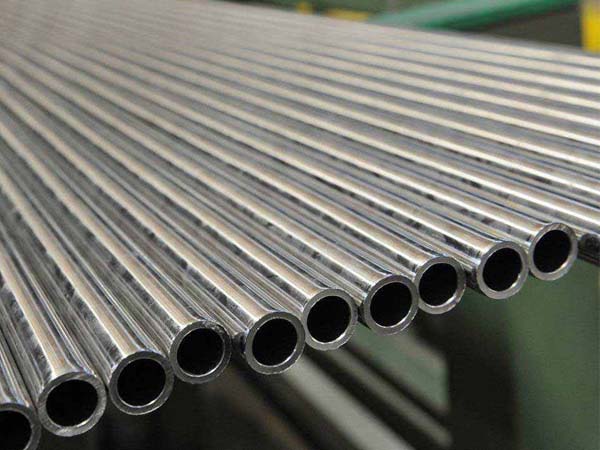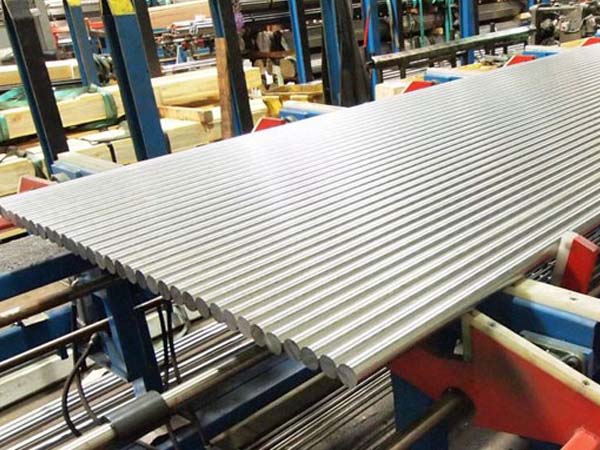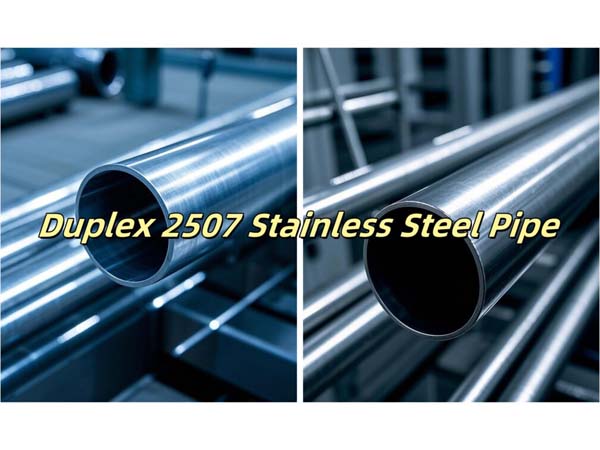





Phone
+86-731-82250427
Address
25th floor, C3 Building, Wanda Plaza, Kaifu District, Changsha, Hunan Province, China.
 Feb 19 2024
Feb 19 2024UNS N06601 (Alloy 601, W.Nr. 2.4851, Inconel® 601) is a solid solution strengthened alloy primarily composed of nickel and chromium. It is widely recognized for its exceptional resistance to various corrosive media and high temperature environments. This alloy is commonly used in engineering applications that demand both heat and corrosion resistance. Additionally, it exhibits excellent resistance to aqueous corrosion, possesses high mechanical strength, and can be easily formed, machined, and welded.
Heat-treating Industry: baskets, trays, and fixtures for annealing, carburizing, carbonitriding, nitriding and other heat-treating operations
Chemical Field: Process heaters, condenser tubes in sour-water strippers, insulating cans in ammonia reformers, combustor components and catalyst grid supports in equipment for nitric acid production
Petrochemical Field: Catalyst regenerators and air preheaters in the manufacture of high-density polyethylene
Pollution-control Field: Thermal reactors in exhaust systems of gasoline engines, combustion chambers in solidwaste incinerators
Power-generation Field: Superheater tube supports, grid barriers, and ashhandling systems
Aerospace Field: jet-engine igniters, combustion-can liners, diffuser assembles, and containment rings in gas turbines for aircraft
|
Material |
Ni |
Cr |
Fe |
Al |
C |
Mn |
S |
Si |
|
58.0-63.0 |
21.0-25.0 |
Remainder |
1.0-1.7 |
0.10max |
1.0max |
0.015max |
0.5max |
|
Material |
Tensile strength |
Yield strength 0,2 |
Elongation |
Hardness HB30 |
|
N06601 |
515-760 N/mm² |
160-380N/mm² |
40-75% |
55-95HB |
Inconel 601 is composed of a minimum of 58% nickel, 21% chromium, and 1% aluminum. The combination of these elements imparts exceptional resistance to various corrosion mechanisms at high temperatures. Its remarkable resistance to oxidation, especially at temperatures reaching up to 2200°F (1200°C), is particularly noteworthy. The presence of chromium and aluminum in the alloy provides it with distinctive resistance to spalling of oxide layers under cyclic thermal conditions.
Inconel 601 does not derive its strength from heat treatment. If a wide range of strength and hardness is desired, a combination of cold work and annealing treatments can be employed. The extent of cold work and the size of the material section must be taken into account when establishing an appropriate annealing procedure.
Prior to any heating operation, it is important to remove grease, oil, paint, shop soil, and other foreign substances from Inconel 601, similar to other nickel-base alloys. Moreover, the alloy should be heated in a low-sulfur atmosphere to ensure optimal results. To prevent excessive oxidation, the furnace atmosphere should possess a slightly reducing quality.
It is worth noting that due to the aluminum and chromium content, Alloy 601 forms a refractory surface oxide during heating and cannot be bright-annealed in a standard industrial furnace. Therefore, pickling is typically necessary to achieve bright surfaces on heated parts.
The cooling rate following heating has minimal impact on the mechanical properties of Inconel 601. However, if the material is intended to undergo pickling or exposure to aggressive environments, it is advisable to cool it rapidly through the temperature range of 1000-1400°F (540-760°C) to avoid sensitization. It is important to mention that specialized pickling procedures are required for Alloy 601 due to its inherent resistance to chemical attack.
For hot-forming Inconel 601, the recommended temperature range is between 1600°F and 2250°F (870°C and 1230°C). When conducting hot-working operations that involve significant deformations, it is advised to perform them within the range of 1900°F to 2250°F (1040°C to 1230°C). It is crucial to avoid working Inconel 601 at temperatures between 1200°F and 1600°F (650°C and 870°C) as it exhibits low ductility within that range. To achieve high tensile properties, careful working at temperatures below 1200°F (650°C) is recommended.
In terms of cold-forming, Inconel 601 can be processed using conventional methods. However, it tends to work-harden at a slightly higher rate compared to Inconel 600 and Incoloy 800.
Inconel 601 can undergo all standard machining operations with ease. To achieve the best machinability, it is recommended to machine the alloy in its solution-treated condition.
Inconel 601 demonstrates good weldability and can be easily joined using conventional welding products and processes. The selection of the appropriate welding product depends on the specific service conditions that the fabricated Inconel 601 component will be subjected to. It is crucial to ensure high joint efficiency and heat resistance in the welding process.
Ø Bar & Rod
Ø Plate & Sheet
Ø Coil & Strip
Ø Pipe & Tube
Ø Fitting: Flange, Tee, Elbow, Reducer etc.
Ø Forging: Ring, Shaft, Circle, Block etc.
Ronsco is a supplier with more than 27 years of experience in the special metal field, we always adheres to the business phiosophy of "customer-centered", tries its best to meet the requirements of customers and pursues win-win cooperation with customers. Are you looking for special metal products one-stop supplier! Contact Us Now! Email: marketing@ronsteel.com
